Tired of battling insects in your garden or home? Thankfully, Mother Nature has the perfect solution. With 12 Plants to Keep Bugs Away, you can naturally repel mosquitoes, flies, and other pesky insects without relying on harsh chemicals. These plants act as a natural barrier, helping to create a bug-free environment while adding beauty, fragrance, and color to your space.
From aromatic herbs to vibrant flowers, these 12 Plants to Keep Bugs Away will enhance your indoor and outdoor areas while keeping unwanted pests at bay. Whether you’re looking to protect your vegetable garden, patio, or windowsill, this guide will introduce you to the best plants that naturally deter insects.
Say goodbye to annoying bugs and hello to a healthier, pest-free home!
1. Lavender
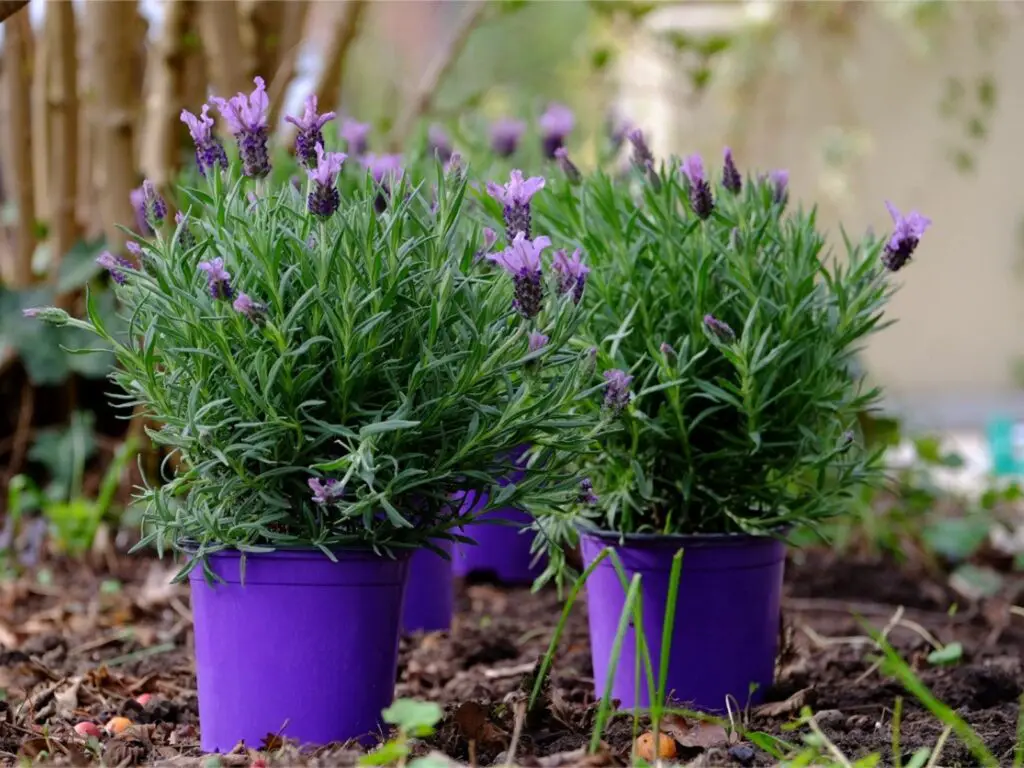
Known for its soothing scent, lavender doesn’t just calm frazzled nerves—it’s also a powerful insect repellent. The strong fragrance of lavender naturally deters mosquitoes, flies, and moths, making it a must-have for any pest-free home or garden.
Plant lavender near entryways, windows, patios, or garden borders to create a natural barrier against bugs. This hardy, drought-tolerant plant thrives in sunny locations and well-drained soil, adding both beauty and function to your space.
Pro Tip: Dry lavender flowers and place them in sachets around your home, closets, or drawers for long-lasting protection against moths. Including lavender in your selection of 12 Plants to Keep Bugs Away ensures a naturally fragrant and pest-free environment.
2. Marigolds
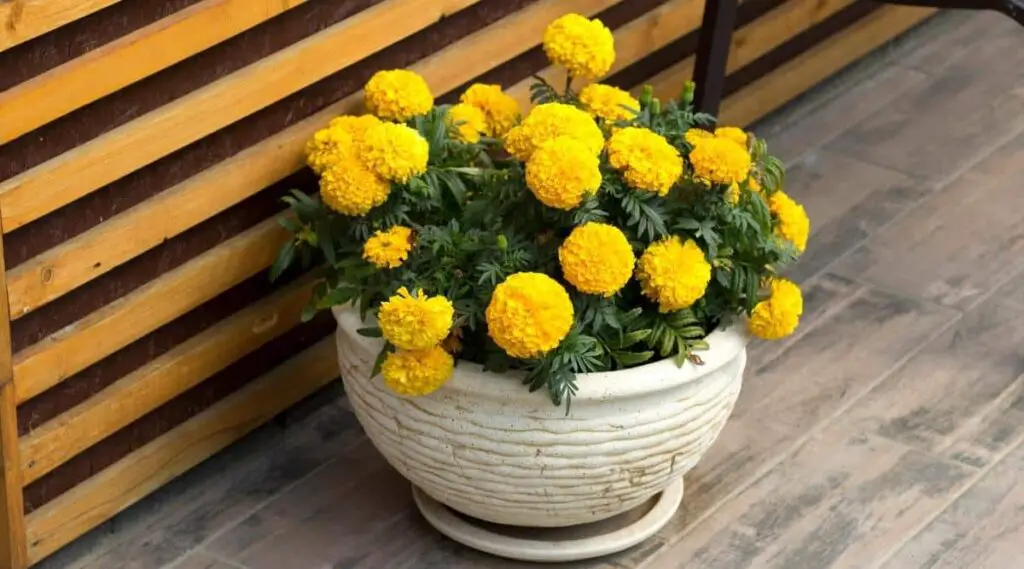
A vibrant addition to 12 Plants to Keep Bugs Away, marigolds bring a splash of bright orange and yellow to your garden while acting as a natural insect repellent. These hardy flowers emit a scent that deters mosquitoes, aphids, whiteflies, and even cabbage worms.
Marigolds contain pyrethrin, a natural compound commonly used in commercial insect repellents, making them an excellent choice for pest control.
Best Placement: Plant marigolds near vegetable gardens, patios, or entryways to keep pests at bay. They thrive in full sun and well-drained soil, offering both beauty and protection throughout the growing season.
3. Mint
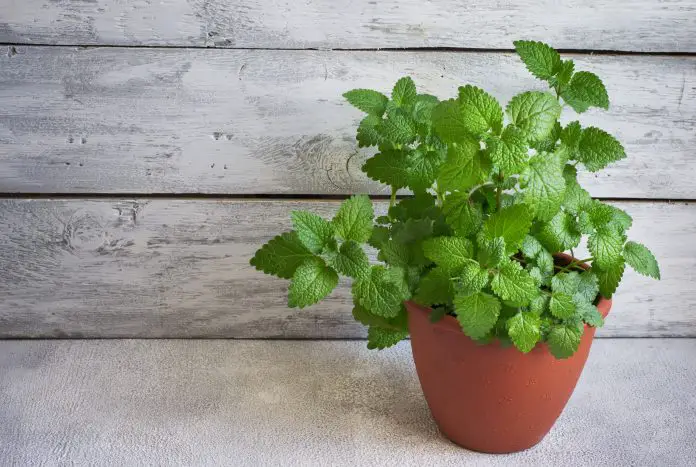
A refreshing herb and a powerhouse in 12 Plants to Keep Bugs Away, mint is excellent for repelling ants, flies, mosquitoes, and even spiders. Its strong, invigorating scent disrupts insects’ ability to detect food and nesting areas, making it an effective natural pest deterrent.
Mint is incredibly easy to grow, thriving in both indoor pots and outdoor gardens. However, it spreads aggressively, so controlling its growth is key to keeping it from taking over your garden.
Pro Tip: To prevent mint from becoming invasive, plant it in containers or raised beds. Place potted mint near doorways, patios, or outdoor seating areas to enjoy its fresh scent while keeping bugs away.
4. Basil
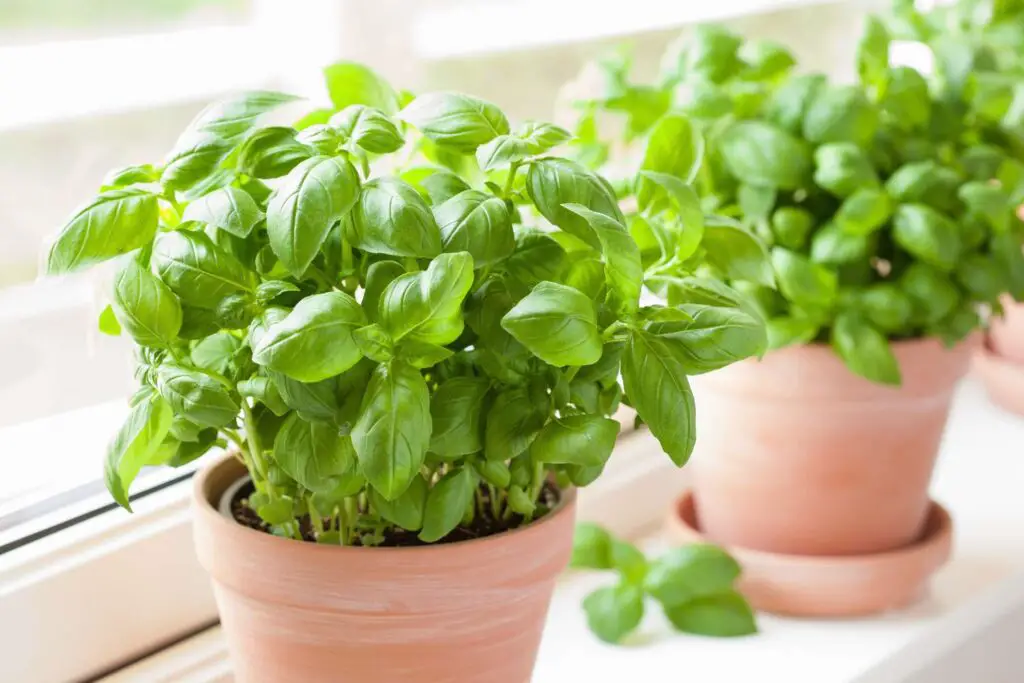
A must-have for any herb garden, basil is not only a flavorful kitchen staple but also a natural insect deterrent. As part of 12 Plants to Keep Bugs Away, basil emits a strong aroma that repels mosquitoes, flies, and common garden pests like aphids and whiteflies. Some varieties, such as lemon basil and cinnamon basil, have even stronger bug-repelling properties.
Ideal Placement: Keep a pot of basil on a sunny kitchen windowsill for easy access while cooking and to keep flies away. In outdoor gardens, plant basil alongside tomatoes and peppers to naturally ward off pests and promote healthier crops.
5. Rosemary
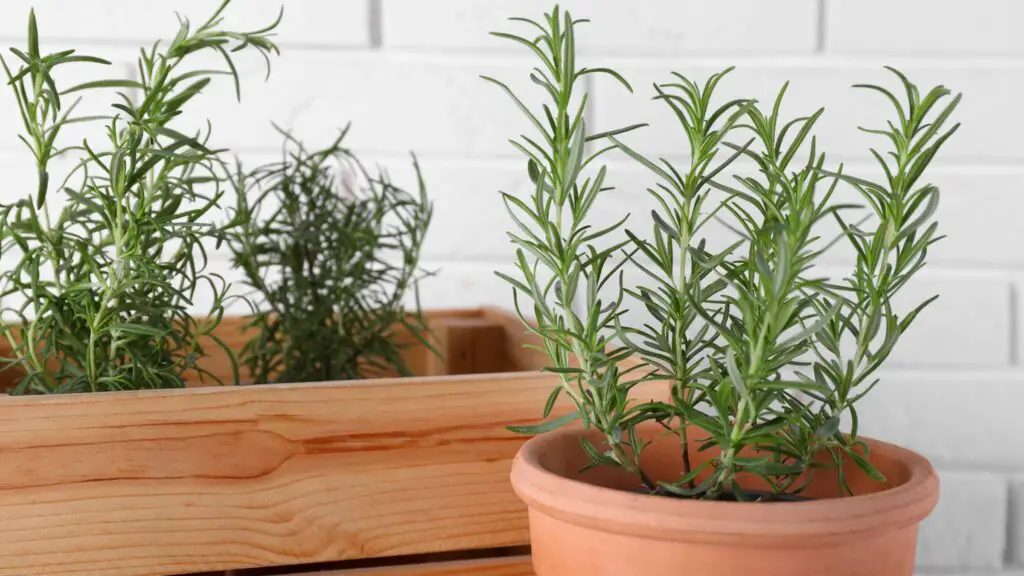
A fragrant and versatile herb, rosemary earns its place in 12 Plants to Keep Bugs Away by naturally repelling mosquitoes, cabbage moths, and even carrot flies. Its woody, aromatic fragrance is unpleasant to many insects, making it an excellent addition to both herb gardens and outdoor spaces.
Rosemary thrives in warm, sunny locations and can be grown in pots or garden beds. It’s a low-maintenance plant that provides year-round pest control while also enhancing your favorite recipes.
Extra Use: Toss a sprig of rosemary onto your outdoor grill or fire pit—the smoke helps keep mosquitoes away while adding a rich, smoky flavor to your food.
Related Topics:
6. Citronella Grass
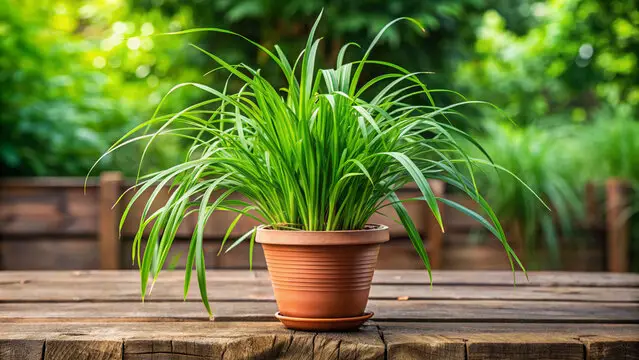
A star in 12 Plants to Keep Bugs Away, citronella grass is famous for its ability to repel mosquitoes naturally. This lemon-scented plant is a key ingredient in many outdoor candles and sprays, but growing it yourself provides a continuous, chemical-free way to deter biting insects.
Citronella grass thrives in warm climates and prefers well-drained soil with plenty of sunlight. Its tall, lush appearance also makes it a great ornamental plant for outdoor spaces.
Best Placement: Plant citronella grass in large pots around patios, decks, or outdoor seating areas for maximum mosquito protection. Rubbing the leaves releases more of its natural oils, enhancing its bug-repelling effect.
7. Chrysanthemums
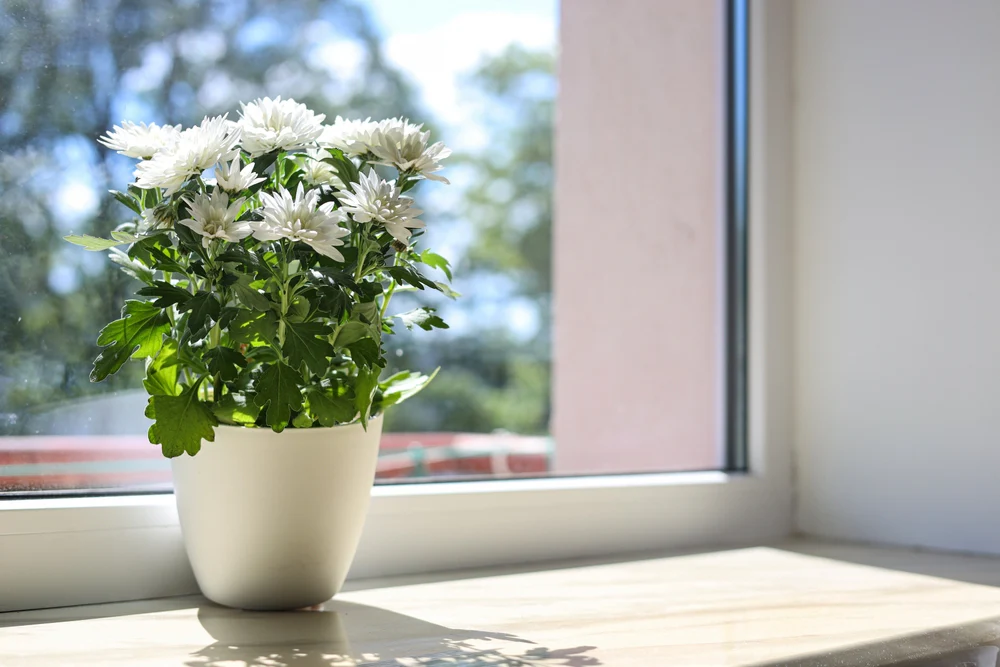
A powerhouse in 12 Plants to Keep Bugs Away, chrysanthemums do more than add vibrant color to your garden—they also serve as a natural insecticide. These flowers contain pyrethrum, a compound toxic to many pests, including roaches, ants, beetles, fleas, and even bedbugs.
Pyrethrum is widely used in commercial insect repellents, making chrysanthemums a beautiful and effective pest control solution.
Chrysanthemums thrive in well-drained soil and full sun, blooming in a variety of colors that brighten up any outdoor space while keeping bugs at bay.
Pro Tip: Plant chrysanthemums in flowerbeds, use them as borders around vegetable gardens, or place potted mums near entryways for added protection against unwanted pests.
8. Lemongrass

A key player in 12 Plants to Keep Bugs Away, lemongrass is both a culinary favorite and a natural mosquito repellent. Closely related to citronella, this plant emits a strong citrusy scent that mosquitoes and other pests find unbearable, while humans enjoy its refreshing aroma.
Lemongrass thrives in warm climates with plenty of sunlight and well-drained soil. It grows in tall, grassy clumps, making it an attractive addition to gardens and patios.
Ideal Location: Place potted lemongrass near patios, doorways, or garden walkways to keep mosquitoes away from high-traffic outdoor areas. For an extra boost, crush the leaves to release more of its natural oils.
9. Petunias
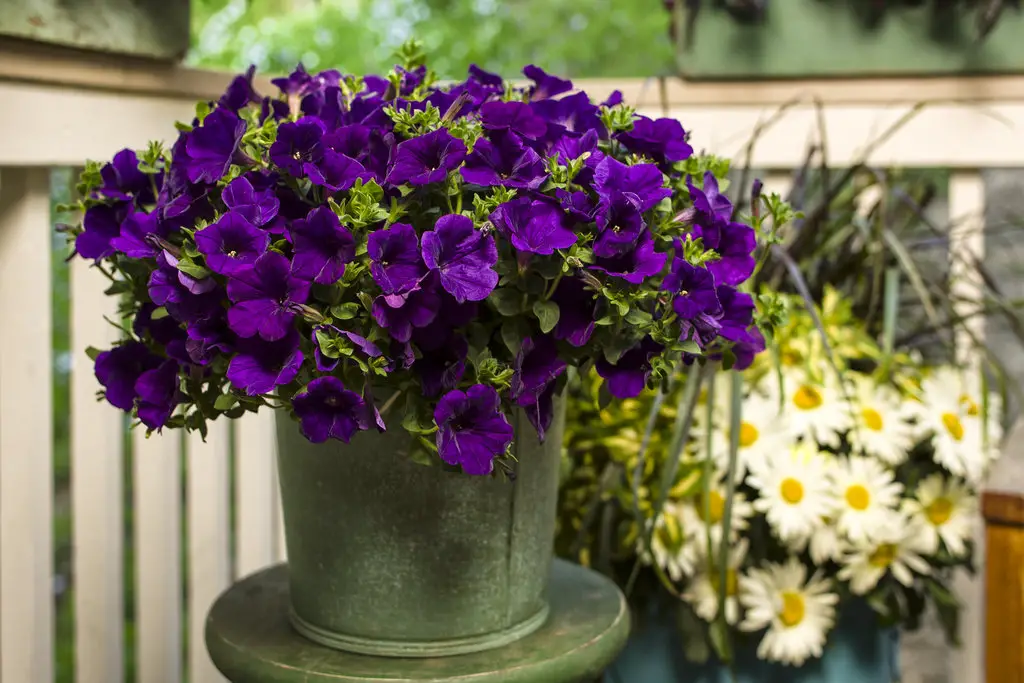
Nicknamed “nature’s pest control,” petunias are a beautiful and practical addition to 12 Plants to Keep Bugs Away. These vibrant, funnel-shaped blooms naturally repel common garden pests like aphids, hornworms, squash bugs, and leafhoppers, helping to protect your plants without the need for chemical sprays.
Petunias thrive in full sun and well-drained soil, making them an easy-to-grow option for flower beds, hanging baskets, and container gardens. Their long-lasting blooms bring color and charm while acting as a natural bug deterrent.
Best Pairing: Plant petunias near vegetables such as tomatoes, peppers, and beans or alongside herbs that attract pests to provide an extra layer of protection for your garden.
10. Sage

A versatile herb in 12 Plants to Keep Bugs Away, sage is well-known for its strong aroma that naturally repels mosquitoes, flies, and other unwanted pests. This hardy plant serves a dual purpose—acting as both a natural insect deterrent and a flavorful addition to your kitchen.
Sage thrives in sunny locations with well-drained soil and is an excellent choice for garden beds, patio containers, or even indoor herb gardens.
Pro Tip: Like rosemary, sage leaves can be burned to create a smoky barrier against mosquitoes when hosting outdoor gatherings. Toss a few dried leaves into a fire pit or grill to enjoy a bug-free evening.
11. Thyme
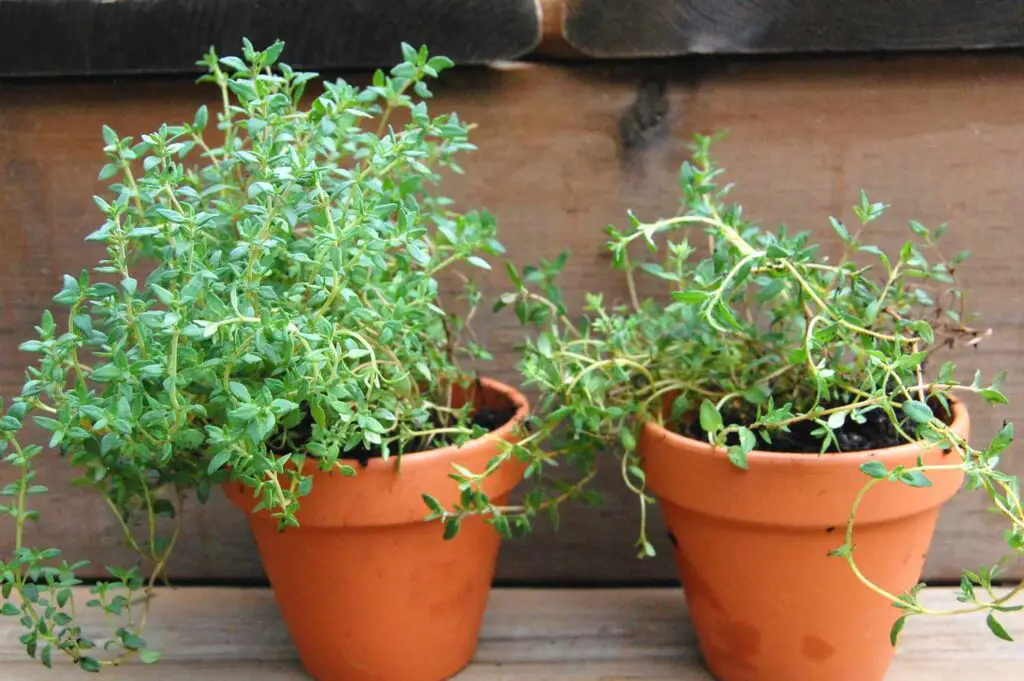
A resilient herb in 12 Plants to Keep Bugs Away, thyme is a natural deterrent against cabbage moths, whiteflies, and other garden pests. Its strong aroma confuses insects, making it harder for them to locate their target plants. As a bonus, thyme is drought-tolerant and easy to maintain, making it a great option for both beginner and experienced gardeners.
Thyme thrives in well-drained soil and full sun, and it works exceptionally well as a ground cover or border plant. It also pairs beautifully with other herbs and vegetables, helping to protect them from pests naturally.
Bonus Use: Besides its pest-repelling properties, thyme is a staple in the kitchen, adding rich flavor to soups, roasted dishes, and marinades. Grow it for both its culinary and insect-fighting benefits!
12. Geraniums
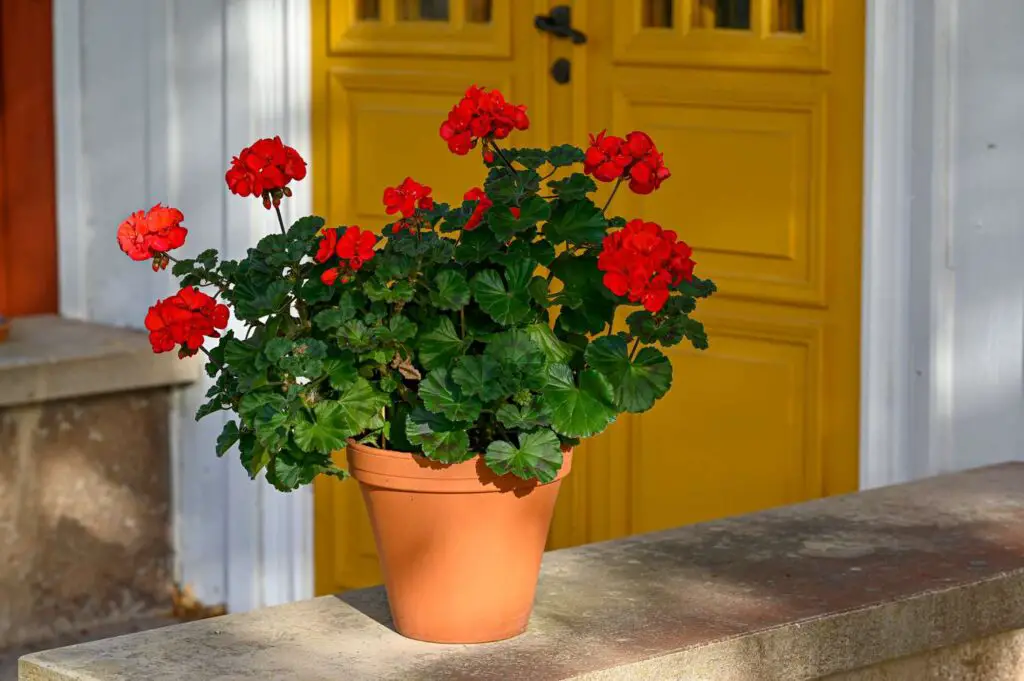
A vibrant addition to 12 Plants to Keep Bugs Away, geraniums are not only stunning but also effective at repelling mosquitoes and flies. Their subtle citrus scent is pleasant to humans but acts as a natural deterrent to insects. These low-maintenance flowers thrive in pots, hanging baskets, or garden beds, making them a versatile choice for pest control and decoration.
Geraniums prefer full sun and well-drained soil, blooming in a variety of colors that add charm to any outdoor or indoor space.
Pro Tip: Opt for scented varieties, like citronella-scented geraniums, for extra bug-repelling power. Place them near patios, windows, or entryways to keep insects at bay while enjoying their vibrant beauty.
Benefits of Growing Bug-Repelling Plants:
Why rely on chemical sprays and store-bought repellents when nature has you covered? With 12 Plants to Keep Bugs Away, you can enjoy a natural, eco-friendly solution to pest control while enhancing your garden or home. Here are some key benefits of using these plants:
- Eco-Friendly: These natural pest repellents contain no harmful toxins or chemicals, helping protect the environment and beneficial insects like bees and butterflies.
- Cost-Effective: A one-time investment in bug-repelling plants provides lasting protection, saving you money on chemical sprays and insect repellents.
- Decorative and Functional: Not only do these plants keep bugs away, but they also add beauty, fragrance, and color to your home, patio, or garden.
- Always On-Hand: Many of these plants double as ingredients for cooking, herbal teas, or DIY remedies, making them both practical and versatile.
- Safe for Pets and Kids: Unlike chemical repellents, most of these plants provide a natural and non-toxic way to deter insects, making them safer for households with children and pets.
- Improves Air Quality: Many bug-repelling plants, such as lavender, rosemary, and basil, also purify the air by filtering toxins and releasing fresh oxygen.
- Enhances Outdoor Enjoyment: By keeping mosquitoes, flies, and other pests at bay, these plants allow you to spend more time enjoying your garden, patio, or balcony without constant insect interference.
- Encourages Pollinators: While these plants repel harmful insects, they still attract beneficial pollinators like bees and butterflies, which help support a healthy ecosystem in your garden.
By incorporating 12 Plants to Keep Bugs Away into your space, you can enjoy a natural, chemical-free way to repel insects while benefiting from their beauty, health advantages, and multiple uses.
Incorporating 12 Plants to Keep Bugs Away into your home or garden is a natural, eco-friendly way to enjoy a pest-free environment. These plants not only deter mosquitoes, flies, and other unwanted insects, but they also add beauty, fragrance, and even culinary benefits to your space.
By choosing bug-repelling plants like lavender, citronella grass, and marigolds, you can reduce reliance on chemical sprays while promoting a healthier, greener lifestyle. Whether you’re protecting your vegetable garden, enhancing your outdoor seating area, or simply adding fresh herbs to your kitchen, these plants offer a safe and effective solution.
Start growing your own 12 Plants to Keep Bugs Away today and enjoy a more peaceful, insect-free space—naturally!
FAQs:
1. Do bug-repelling plants really work?
Yes! The plants in 12 Plants to Keep Bugs Away naturally produce strong scents and oils that deter mosquitoes, flies, aphids, and other pests. While they may not eliminate bugs entirely, they significantly reduce insect activity, especially when strategically placed around patios, entryways, or gardens.
2. Where should I place bug-repelling plants for the best results?
For maximum protection, place these plants near windows, doorways, outdoor seating areas, and vegetable gardens. Citronella grass, lavender, and marigolds work well around patios, while basil and mint thrive on kitchen windowsills, keeping bugs from entering your home.
3. Can I grow bug-repelling plants indoors?
Absolutely! Many of the plants in 12 Plants to Keep Bugs Away, such as lavender, basil, rosemary, and mint, do well indoors when given proper light and care. Growing them in pots near windows or balconies helps keep insects away while adding greenery and fragrance to your space.


2 thoughts on “12 Plants To Keep Bugs Away: Home & Garden Pest-Free!”